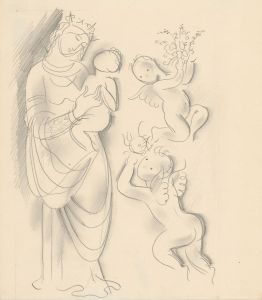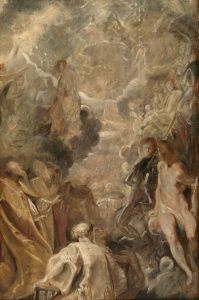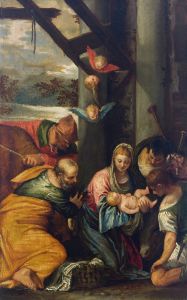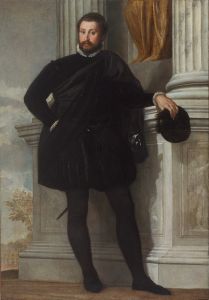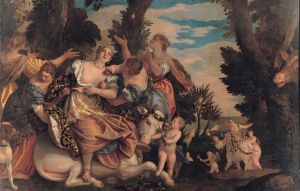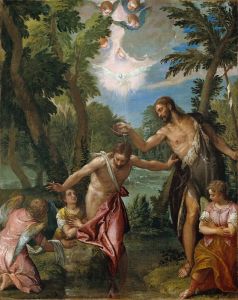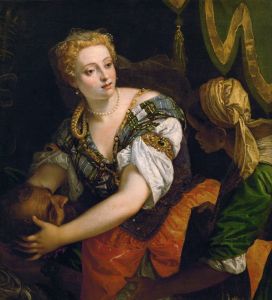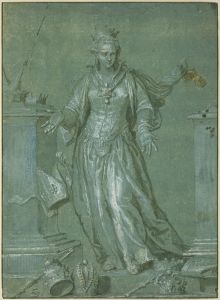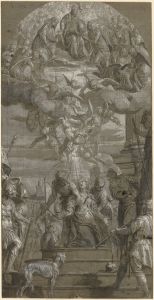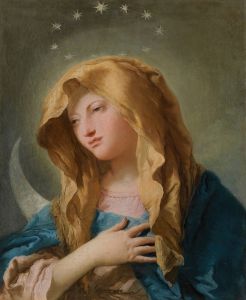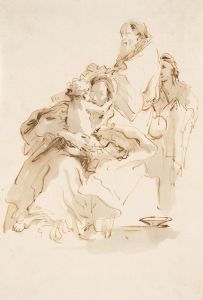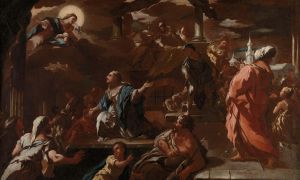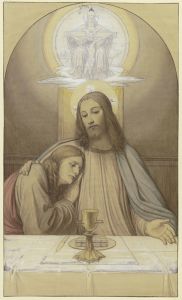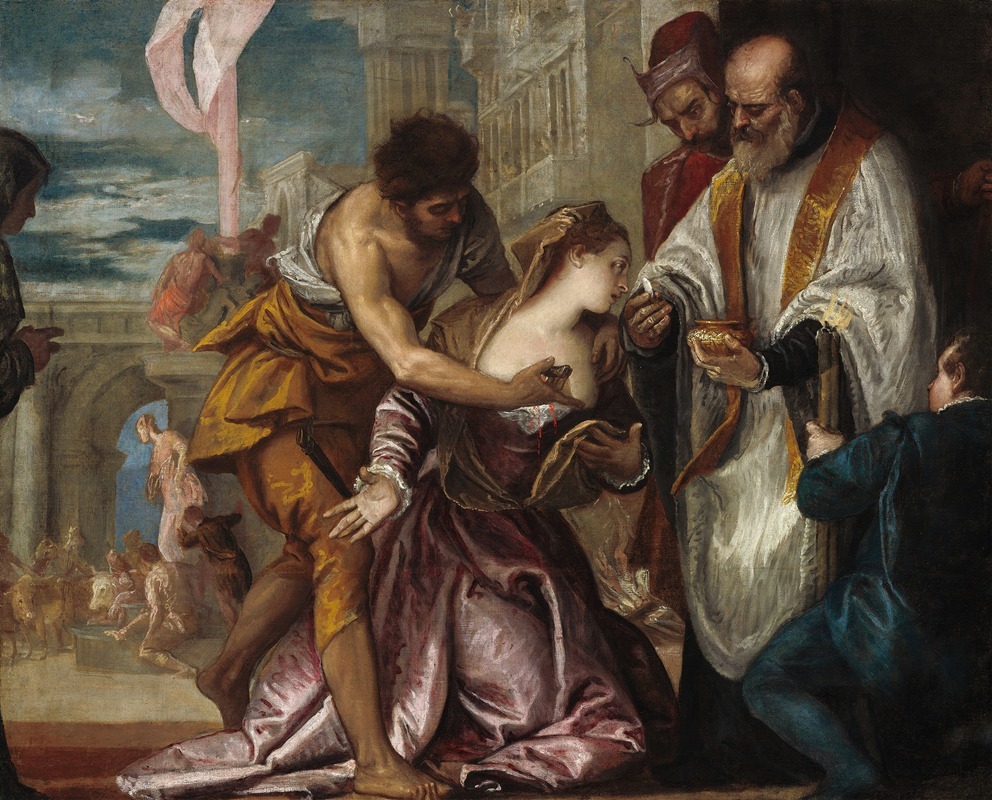
The Martyrdom and Last Communion of Saint Lucy
A hand-painted replica of Paolo Veronese’s masterpiece The Martyrdom and Last Communion of Saint Lucy, meticulously crafted by professional artists to capture the true essence of the original. Each piece is created with museum-quality canvas and rare mineral pigments, carefully painted by experienced artists with delicate brushstrokes and rich, layered colors to perfectly recreate the texture of the original artwork. Unlike machine-printed reproductions, this hand-painted version brings the painting to life, infused with the artist’s emotions and skill in every stroke. Whether for personal collection or home decoration, it instantly elevates the artistic atmosphere of any space.
"The Martyrdom and Last Communion of Saint Lucy" is a significant work by the renowned Italian Renaissance painter Paolo Veronese. This painting, completed in 1582, is a testament to Veronese's mastery of color, composition, and narrative storytelling, which are hallmarks of his artistic style. Veronese, born in 1528 in Verona, was a leading figure of the Venetian school and is celebrated for his grandiose and vivid historical and religious paintings.
The painting depicts the martyrdom and last communion of Saint Lucy, a Christian martyr who is venerated as a saint in the Roman Catholic, Anglican, Lutheran, and Orthodox churches. Saint Lucy, also known as Lucia of Syracuse, was a young Christian woman who lived in the late 3rd century and was martyred during the Diocletianic Persecution. She is revered as a symbol of purity and courage, and her feast day is celebrated on December 13th.
Veronese's depiction of Saint Lucy captures the dramatic and poignant moment of her last communion before her martyrdom. The composition is rich with emotional intensity and religious symbolism. Veronese employs his characteristic use of vibrant colors and dynamic figures to convey the spiritual significance of the scene. The painting is notable for its intricate details and the way it captures the interplay of light and shadow, which enhances the overall dramatic effect.
In the painting, Saint Lucy is portrayed with a serene and composed expression, reflecting her steadfast faith and acceptance of her fate. She is surrounded by a group of figures, including clergy and onlookers, who are depicted with a range of emotions, from sorrow to reverence. The use of light in the painting is particularly striking, with a divine glow illuminating Saint Lucy, symbolizing her holiness and the divine presence during her final moments.
Veronese's work is characterized by its grand scale and theatrical composition, and "The Martyrdom and Last Communion of Saint Lucy" is no exception. The painting is a large altarpiece, originally created for the church of Santa Lucia in Venice. This setting provided an appropriate context for the painting, as it was intended to inspire devotion and reflection among the faithful.
Throughout his career, Veronese was known for his ability to blend the sacred with the opulent, creating works that were both spiritually profound and visually stunning. His paintings often featured elaborate architectural settings and richly dressed figures, drawing on his deep understanding of perspective and his ability to create a sense of depth and space.
"The Martyrdom and Last Communion of Saint Lucy" is a prime example of Veronese's artistic genius and his contribution to the Venetian Renaissance. The painting not only reflects the religious fervor of the period but also showcases Veronese's skill in capturing the human experience and the divine in a single, cohesive narrative.
Today, Veronese's work continues to be celebrated for its beauty and its ability to convey complex religious themes with clarity and emotion. "The Martyrdom and Last Communion of Saint Lucy" remains an important piece in the study of Renaissance art and a testament to the enduring legacy of Paolo Veronese.





